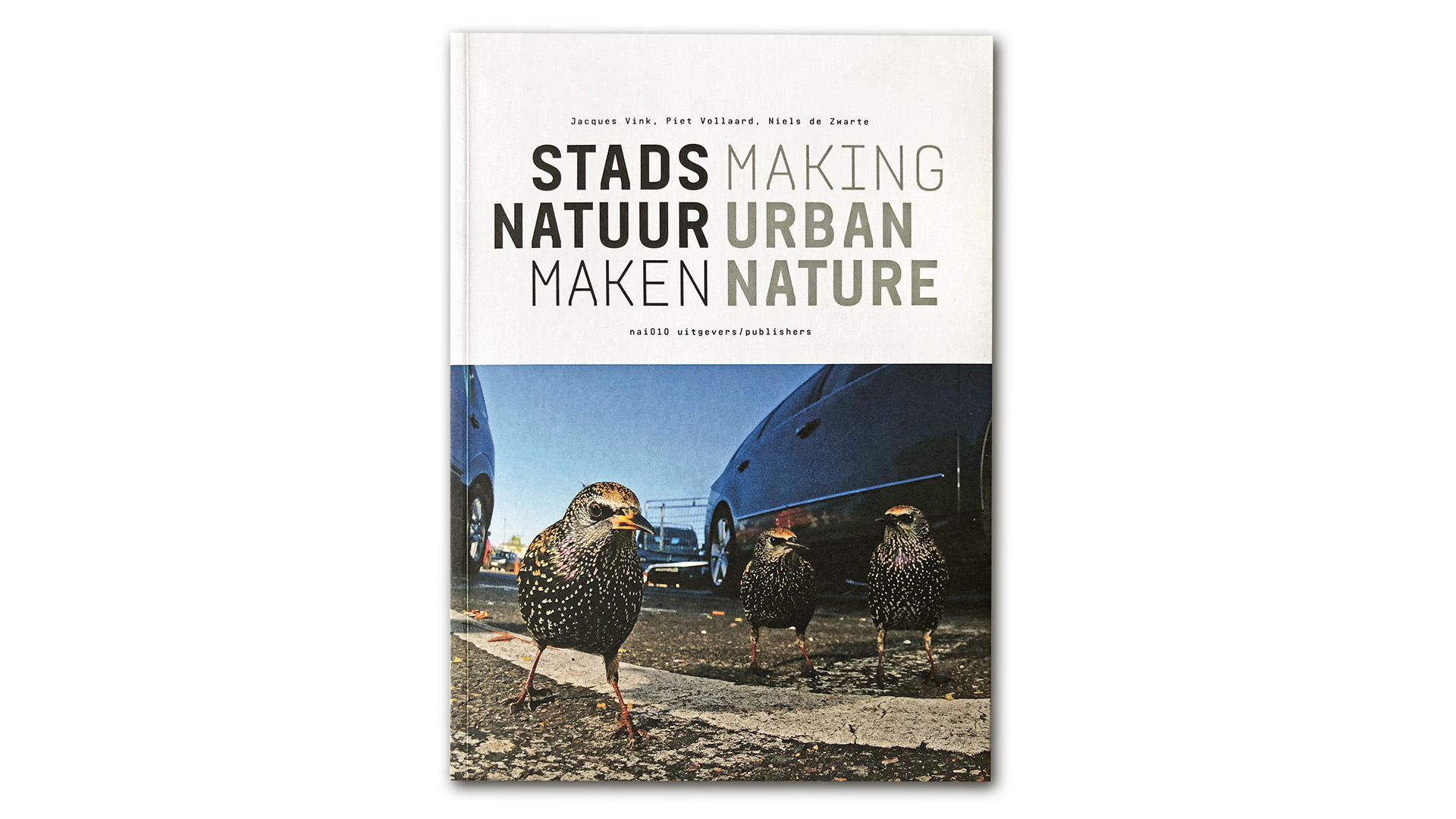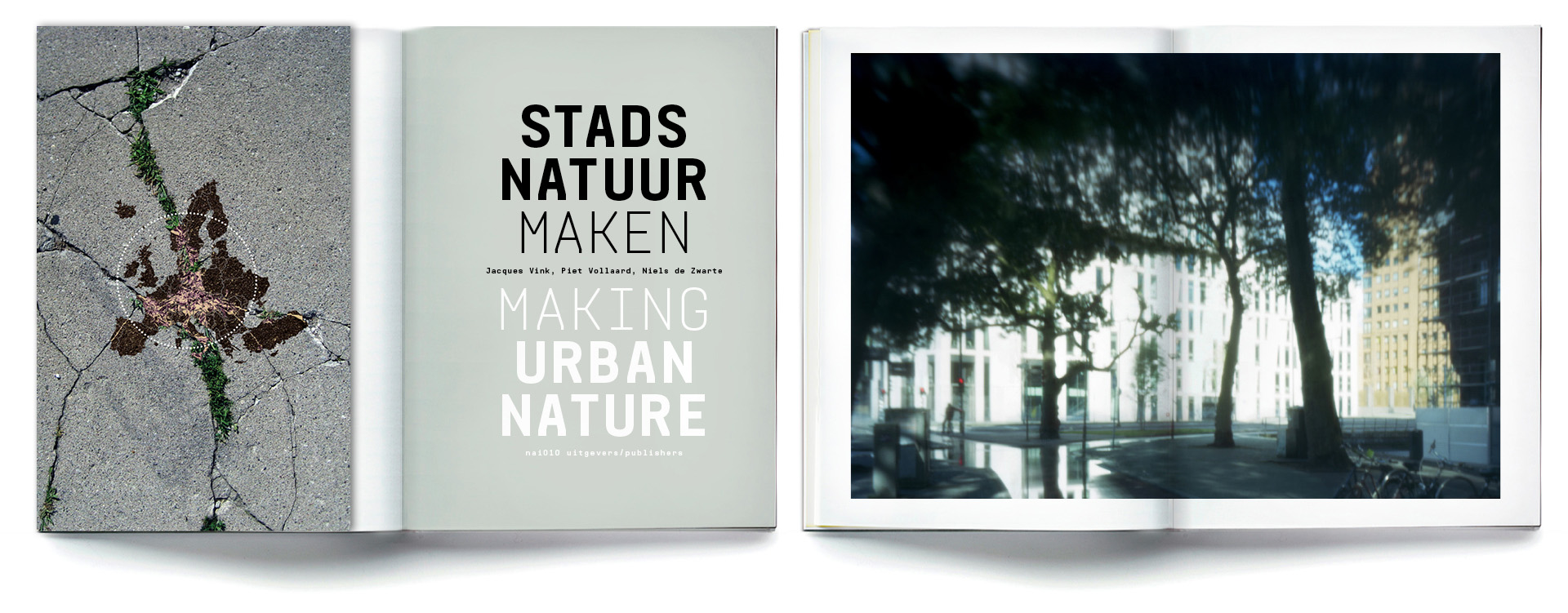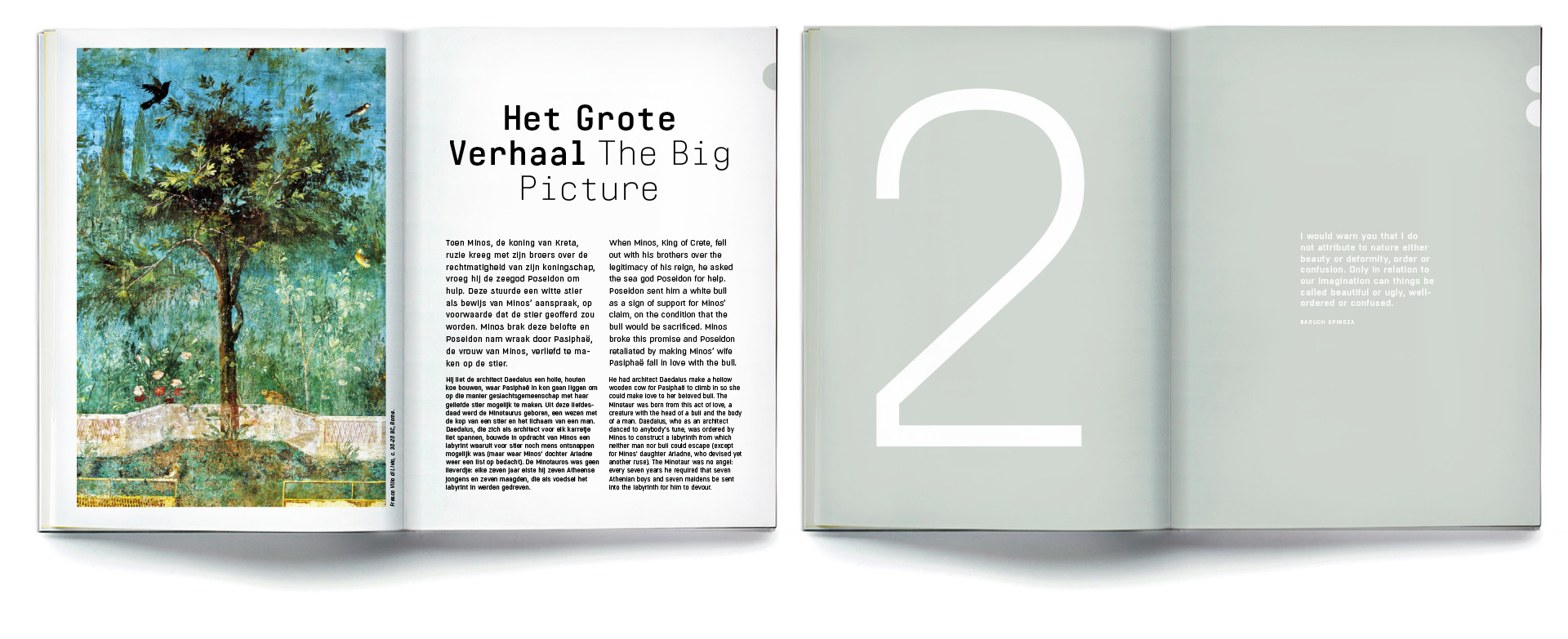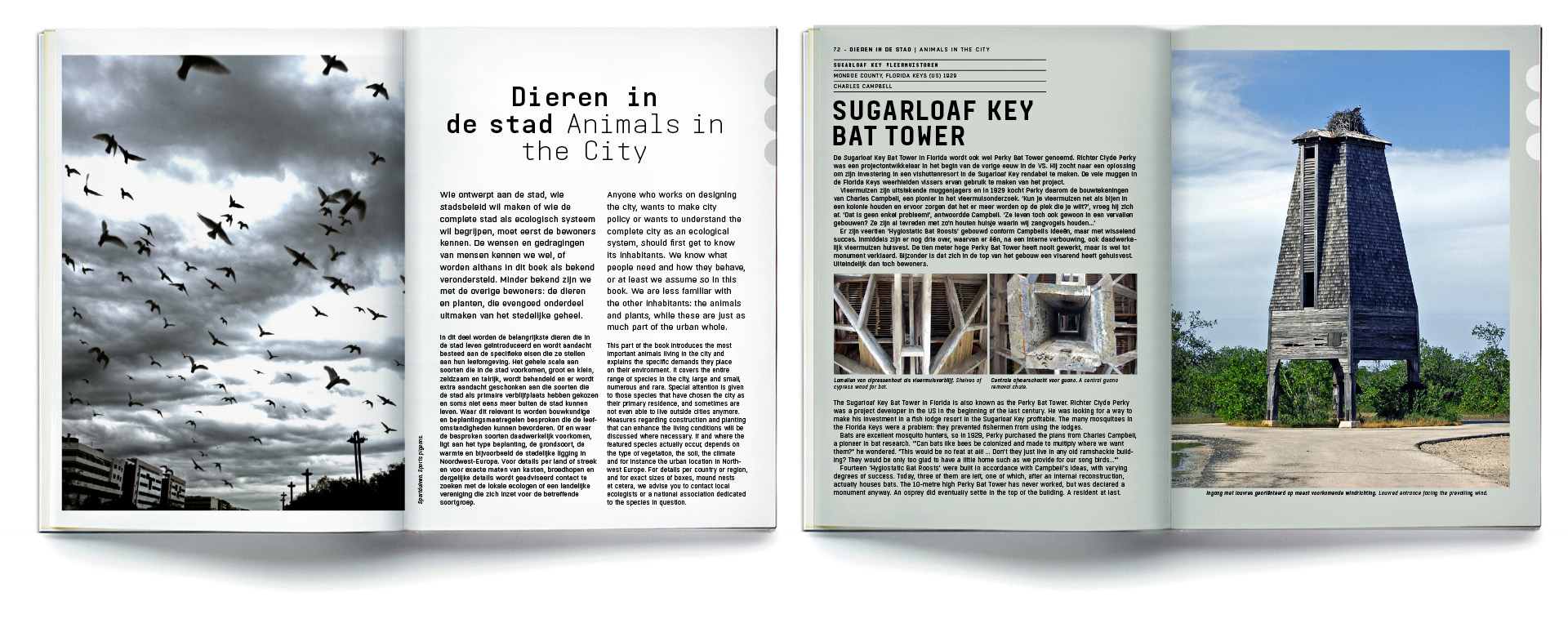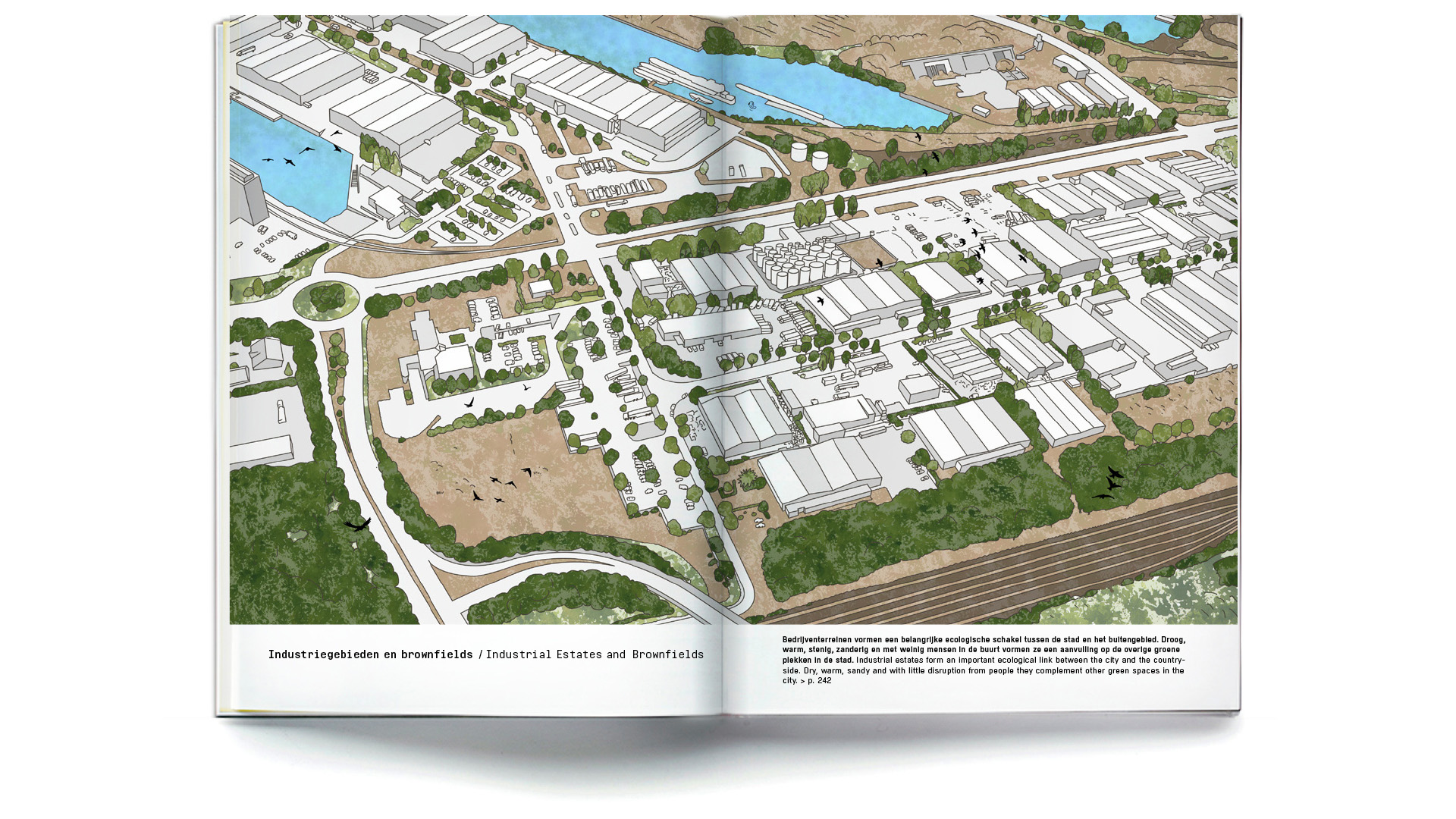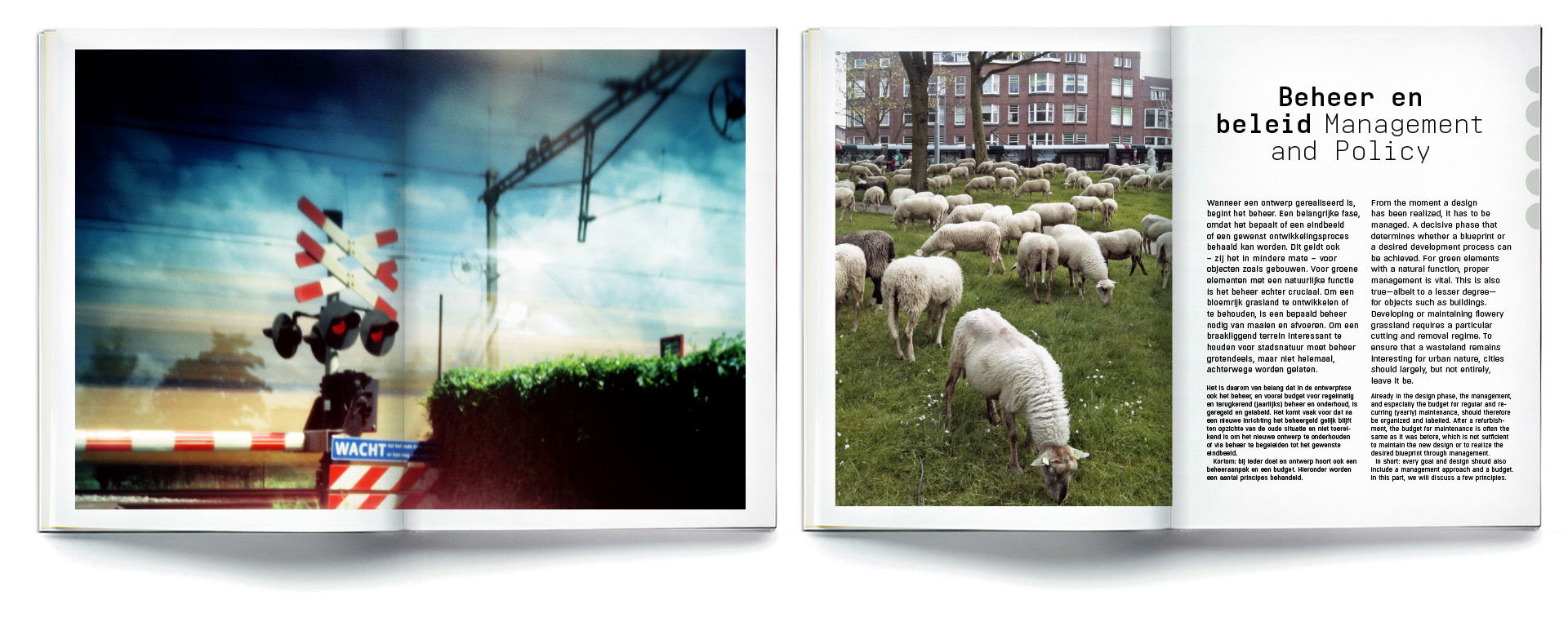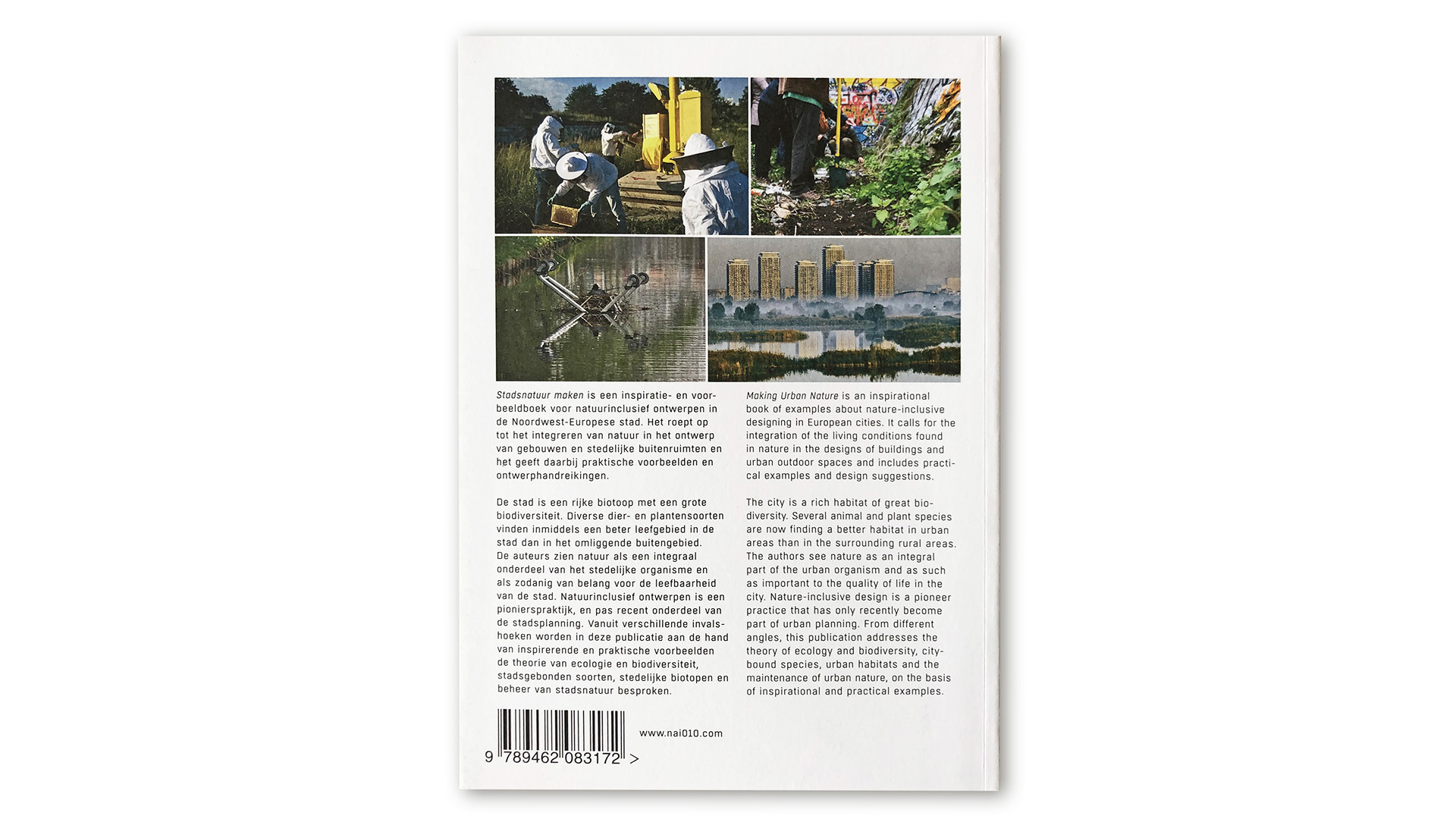The authors see nature as an integral part of the urban organism and as such as important to the quality of life in the city. Nature-inclusive design is a pioneer practice that has only recently become part of urban planning. From different angles, this publication addresses the theory of ecology and biodiversity, city-bound species, urban habitats and the maintenance of urban nature, on the basis of inspirational and practical examples.
